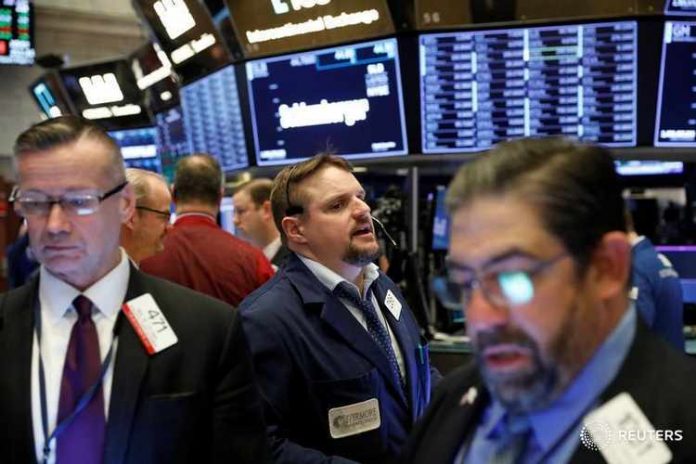Can the extended bull market and Covid-19 coexist?
As of this morning, it certainly seems so. The major indexes are rising once more.
Last night, however, it was a different story. Futures were initially down following an interview with White House trade advisor Peter Navarro.
Fox News anchor Martha MacCallum asked Navarro, “Do you think that the president sort of […] I mean, he obviously really wanted to hang onto this trade deal as much as possible. And he wanted them to make good on the promises because there had been progress made on that trade deal, but given everything that’s happened and all the things you just listed, is that over?”
To MacCallum’s oddly worded question, Navarro responded:
“It’s over. Yes.”
Futures, unsurprisingly, sunk after the interview aired.
Then, a few hours later, President Trump saved bulls with a tweet that set the record straight:
“The China Trade Deal is fully intact,” Trump tweeted.
“Hopefully they will continue to live up to the terms of the Agreement!”
Navarro eventually clarified his statement later that evening, reiterating what POTUS had said.
“My comments have been taken wildly out of context,” he explained.
“They had nothing at all to do with the Phase I trade deal, which continues in place.”
Futures came roaring back.
Meanwhile, Germany imposed lockdowns in certain districts after a new coronavirus outbreak emerged. Tensions continued boiling over between China and India, and Covid-19 cases rose further in the U.S as well.
Still, the market presses higher as of midday. Trump says the increased cases are merely a result of ramped-up testing efforts.
Many experts disagree.
“That states are finding more cases relative to the amount of tests they are conducting provides the strongest rebuttal to the administration’s assertion that case numbers are rising because we’re getting better at finding cases through increased testing,” wrote Jennifer Nuzzo, the lead epidemiologist of Johns Hopkins University’s Covid-19 Testing Insights Initiative, in a Washington Post op-ed.
“They tell us the opposite — that each of these states needs to do even more testing to find infections — followed by more rigorous contact tracing and isolation.”
But even without a lingering Covid-19 outbreak, stocks still appear overvalued.
The current S&P 500 trailing price-to-earnings ratio – a relative valuation multiple based on the last 12 months of actual corporate earnings – sits at 21.61. That’s roughly where it was in early 2020 when the market was trading at all-time highs prior to the coronavirus pandemic.
The forward S&P 500 price-to-earnings ratio, which divides the index’s price by the estimated (or “forward”) earnings per share of its component stocks, measures at 22.18, the highest its been in nearly 20 years.
Historically, when these two ratios spike, the market typically falls over the next year of trading. With a 43% gain over the last three months, the S&P 500 seems ready to fulfill that prophecy in only a fraction of the time.
It hasn’t happened yet, but soon, the correction will come. The Fed’s doing its best to keep investors in the game.
And thus far, Fed Chairman Jerome Powell’s plan has worked.
When the “stimulus high” wears off, though, and the bears come home to roost, heavy selling will ensue.
Consuming scores of overzealous bulls – especially those who continue to buy this morning – in its wake.








